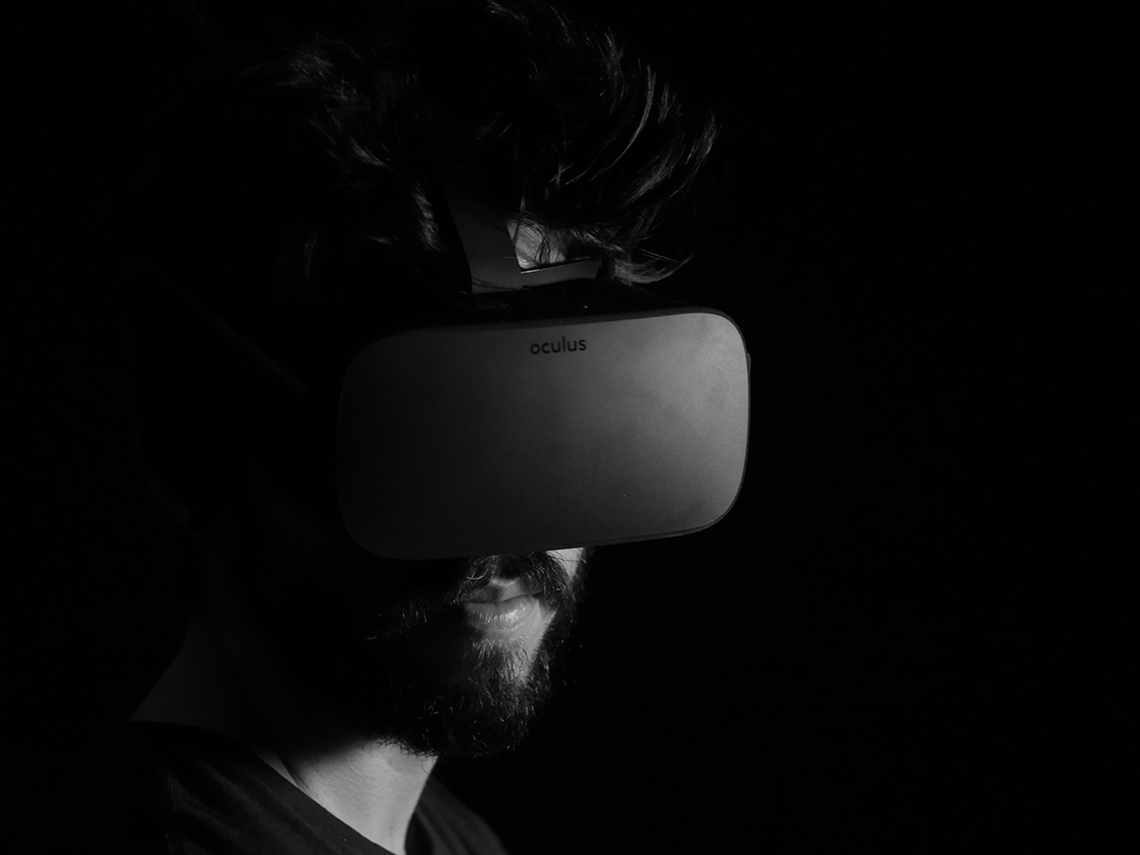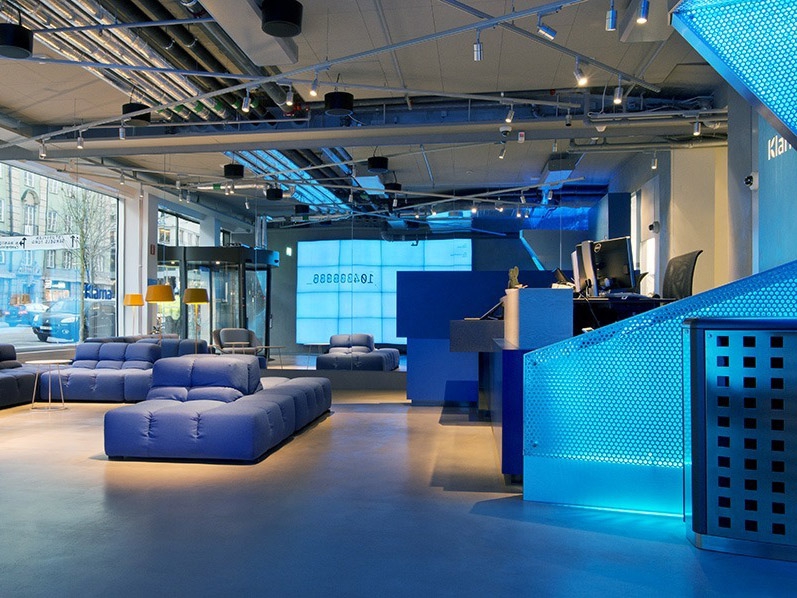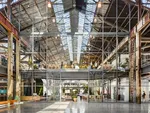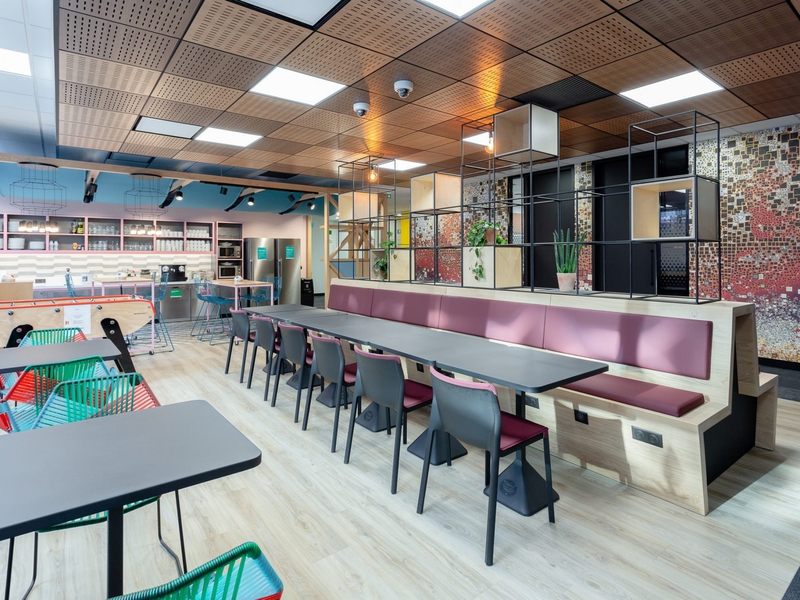
New Globalisation
What's driving globalisation and how will this affect the way we work?
As part of our series of blogs elaborating on our Top 8 Workplace Trends for 2019, we’re now going to take a deeper look at the New Globalisation Trend. We’ll look at how globalisation has changed in recent years, and how those changes will affect the way we work, and finish with an overview of 5 technological advances driving the New Globalisation of the workplace.
Traditionally, globalisation means the development of an integrated worldwide economy in which goods, money, technology and labour can flow freely from continent to continent. In recent decades however, this process has been massively accelerated by the arrival of high-speed internet: this is what we might call New Globalisation. The world is more connected than ever. Ideas and expertise circulate freely, leading to the formation of new political and social movements, but also of new kinds of culture and new ways of working.

Image credits: Joshua Rawson Harris
How Global Communities Change the Workplace
Technology allows us to share more, and to inhabit an increasingly virtual world. In this virtual world, people from every corner of the world can work together and collaborate and exchange new ideas immediately.
The rise of networked global communities also contributes to the wider trend of increased cultural diversity in workplaces (which is a subject we’ll be exploring in more depth in a forthcoming blog). It’s important for multinational companies to remain aware of the cultural sensitivities of their entire staff and to create a sense of community in which everybody is treated as equals and no office is left behind. As well as having a clear set of universal company values, businesses will also need complementary sets of local values. And in order to achieve this, good communication is absolutely key. Used correctly, communications technology will raise performance, morale and loyalty levels all around the world. So here are 5 key technological advances driving the New Globalisation of the workplace …

The Cloud
The Cloud—meaning shared computer storage and software that’s available to many users over the internet—allows employees all over the world to share information, files and programs so that everybody has access to what they need at any time, wherever they are. And, perhaps best of all, multiple people can edit the same document simultaneously, allowing for global collaboration like never before.

Image credits: Robin Worrall
Social Networks
We live in a connected world now. Not only do social networks help companies to reach a global market, they also help staff to get to know one another and make friends all over the world. Today you can become friends with people working in the same company, or even just the same industry, without ever having met in person. You can even find out a fair bit about a colleague, and what you have in common, just by looking at their online profile.
As Mark Zuckerberg wrote on his own Facebook page in 2017, “In times like these, the most important thing we at Facebook can do is develop the social infrastructure to give people the power to build a global community that works for all of us.” Indeed, the ability to build global communities of all kinds is what makes social networks so useful to companies.

Image credits: Hannah Wei
Video Calls
Video calls allow us to speak to and see one another wherever we are, and communicate clearly and lucidly. Now, with smart phones, they’re easier and more accessible than ever before. But the next step of video conferencing is even more exciting …

Image credits: Lux Interaction
Augmented Reality
Augmented Reality (AR) meetings, presentations, training programmes and more will transform the way we work and bring the global workforce yet closer together. AR—meaning the superimposition of computer-generated images and objects onto the real world, mostly taking place inside of devices like Google’s forthcoming AR headset, Microsoft’s HoloLens and Magic Leap’s Lightwear—makes possible meetings in virtual conference rooms in which you and your colleagues from all around the world can sit down together and talk in a shared virtual space.
Furthermore, computer-generated images and 3D holograms allow staff to view, manipulate and discuss all kinds of objects and places without having to visit them in the real world. Today we communicate with words, photos and videos, but soon we’ll communicate by sharing AR experiences.

Image credits: Sergio Souza
Language and Translation Apps
Communication is key to the New Globalisation, and speaking multiple languages helps set employees apart; so apps like Duolingo and Babbel that help you to learn new languages quickly are incredibly helpful, not to mention fun.
Multinationals also employ lots of translators and interpreters, but before long we’ll have live translation apps allowing everybody in the world to speak to one another directly. For instance, Google plans to integrate Google Translate with its wireless headphones so that they can translate speech in real time, and has already demonstrated prototypes of this at onstage demonstrations. Likewise, translation software will also be built into the Cloud so that information can be shared, and even edited, in different languages automatically. We’ll soon be able to share ideas with everybody, and the whole world will be our connected workplace.

Klarna's Stockholm HQ




Leading contractors ISG, working with a world-leading retailer have created a spectacular workspace in Saint-Ouen, a Pa…
RETAIL

San Francisco-based startup, Gusto, working alongside world-leading architects Gensler, have created a gigantic new off…
TECHNOLOGY & IT
_medium.jpg)
A financial services client has recently worked with furniture dealers Officeworks, architects Jacobs, and Creative Off…